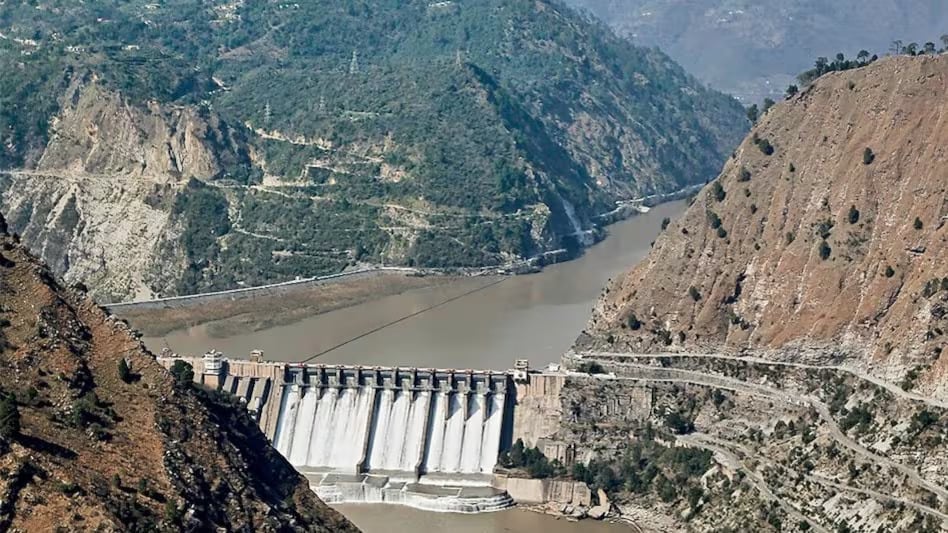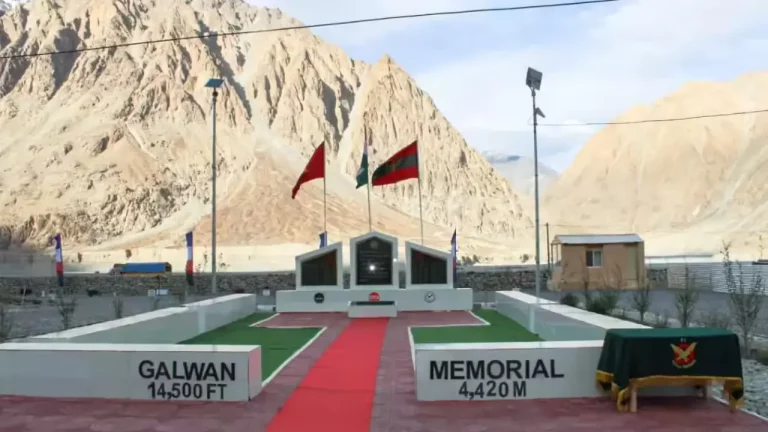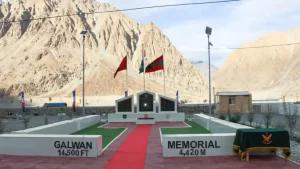After a series of intense military exchanges, India and Pakistan have reached a ceasefire along the Line of Control (LoC), effective at 5 PM IST on Saturday. This decision signals a temporary de-escalation in the ongoing hostilities between the two neighboring nuclear powers, following direct communication between their Directors General of Military Operations (DGMO). Despite the ceasefire, significant tensions remain, particularly surrounding the suspension of the Indus Waters Treaty, which continues to be a contentious issue for both nations.
India’s Ministry of External Affairs (MEA) confirmed that the ceasefire was agreed upon without any pre-conditions and followed direct conversations between military officials from both countries. While the United States has asserted a role in facilitating these discussions, India’s Foreign Secretary, Vikram Misri, clarified that the agreement was strictly bilateral. The two nations are scheduled to reconvene on May 12 to address a broader range of contentious issues, raising hopes for further de-escalation.
The escalation of hostilities began on April 22, 2025, after a devastating terror attack in Pahalgam, Kashmir, which claimed the lives of 26 civilians. India attributed the attack to terrorist groups based in Pakistan, a claim that Pakistan has categorically denied. Following the incident, India took decisive actions, including suspending the Indus Waters Treaty on April 23, which governs water sharing from the Indus River system. This decision came on the heels of India’s earlier move to halt the flow of water from the Ravi River into Pakistan in March, resulting in a severe reduction—by 90%—in water supply from the Chenab River, as reported by Pakistani authorities.
The ceasefire comes amid an escalation of military actions earlier in May. On May 7, India carried out airstrikes targeting nine military installations in Pakistan-administered Kashmir and Punjab, including key air bases. Pakistan retaliated with strikes on 26 Indian military and civilian sites, leading to casualties on both sides. India reported successfully neutralizing critical Pakistani military assets, while Pakistan disclosed at least 10 civilian casualties due to Indian shelling.
Despite this return to a ceasefire, the Indus Waters Treaty remains suspended, with no firm indication of when it might be reinstated. India has consistently linked the treaty’s suspension to national security concerns, particularly referencing Pakistan’s alleged support for terrorist activities. The MEA reiterated its long-standing position on terrorism, insisting that Pakistan take actionable steps against terrorist operations within its territories.
The temporary ceasefire serves as an informal reprieve in a region characterized by longstanding conflict. Observers remain skeptical about whether this pause could foster lasting peace or if deeper issues—including the unresolved Kashmir dispute, terrorism, and water rights—will reignite tensions in the future.
As both nations gear up for upcoming talks, the international community is closely observing the developments. The United States has expressed optimism that the ceasefire could lead to deeper dialogue; however, analysts warn that resolving the entrenched issues between India and Pakistan will necessitate persistent diplomatic engagement.















